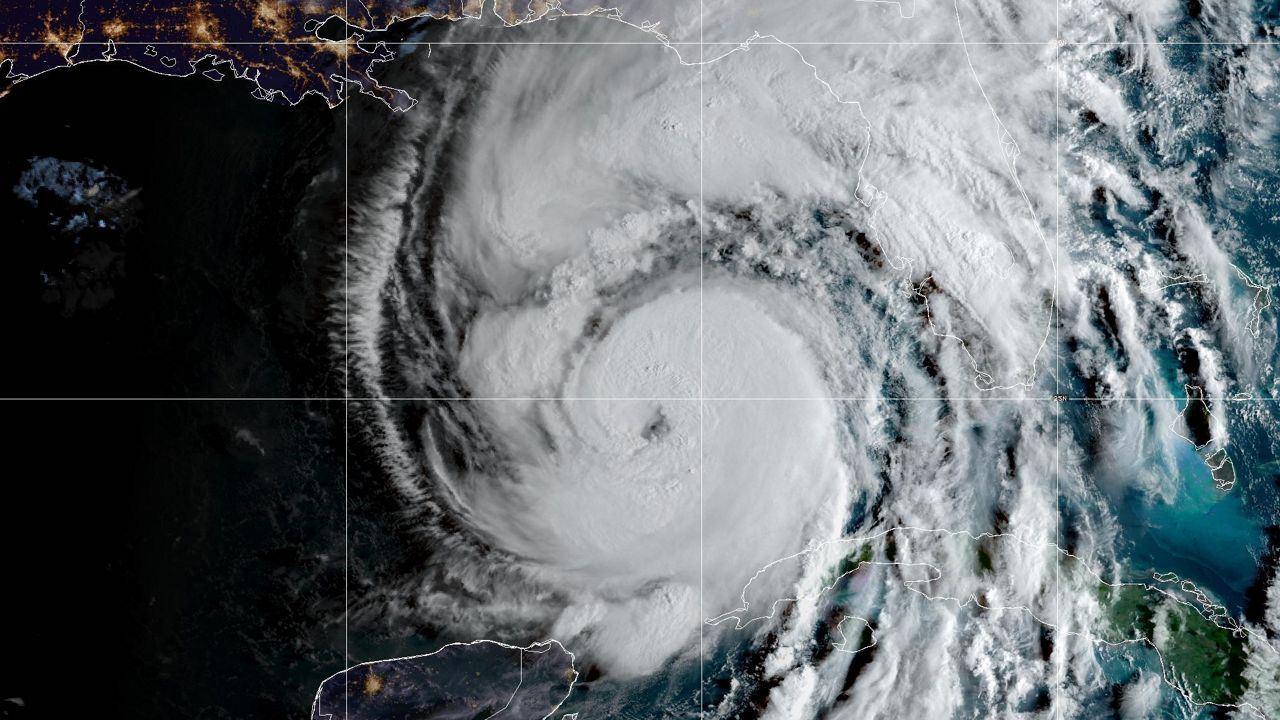CHARLOTTE, N.C. — A decline in cattle inventory is having an impact, not only in North Carolina but across the United States.
The U.S. Department of Agriculture reports the beef cattle inventory is at 28.2 million heads and has been declining the past five years.
“The turnaround time for increasing production on a cattle operation is slow,” said Shelley Proffitt, farm manager at the Proffitt Family Cattle Company.
It takes a lot of hard work, dedication and, most importantly, patience to run a cattle farm.
“The gestation of a calf is nine months, it's almost like people. So my cows are going to produce one a year and then after the calf is born, you know, mama's got to take care of that calf or until we wean that calf so that's going to be six to eight months probably,” she said.
Proffitt has been wrangling cattle for over 13 years and lately, she’s been operating in a vulnerable industry as North Carolina’s cattle inventory dropped over 7% within five years, which has also led to an increase in costs.
“The price of calves has definitely been higher lately, and I buy some calves a year just because I need to buy a couple of weaned calves to supplement the number that I can raise on my own, but not a whole lot. And the higher price is something I feel like those producers deserve to get,” she said.
An ongoing drought and high feed prices are factors in the overall decline of cattle, but luckily for Proffitt, raising grass-fed beef eliminates one of those problems.
“We don't buy feedstuffs, we don't buy grain, we don't buy corn and that's one of the things, the soaring feed costs is one of the reasons that has contributed to the declining numbers of beef cattle in the U.S,” Proffitt said.
Despite the lack of inventory across the U.S., the demand for beef remains steady.
“People eat a lot of beef in the wintertime. It's, you know, a cozy, slow-cooking kind of thing. In the summertime, there's equal demand for steaks and grilling items so we sell out of everything that we can possibly produce every single month, 12 months, a year,” she said.
The USDA predicts beef production will decline by 180 million pounds in the second half of the year. The latest consumer price index shows beef and veal prices are up 7.7% from last year.






)

